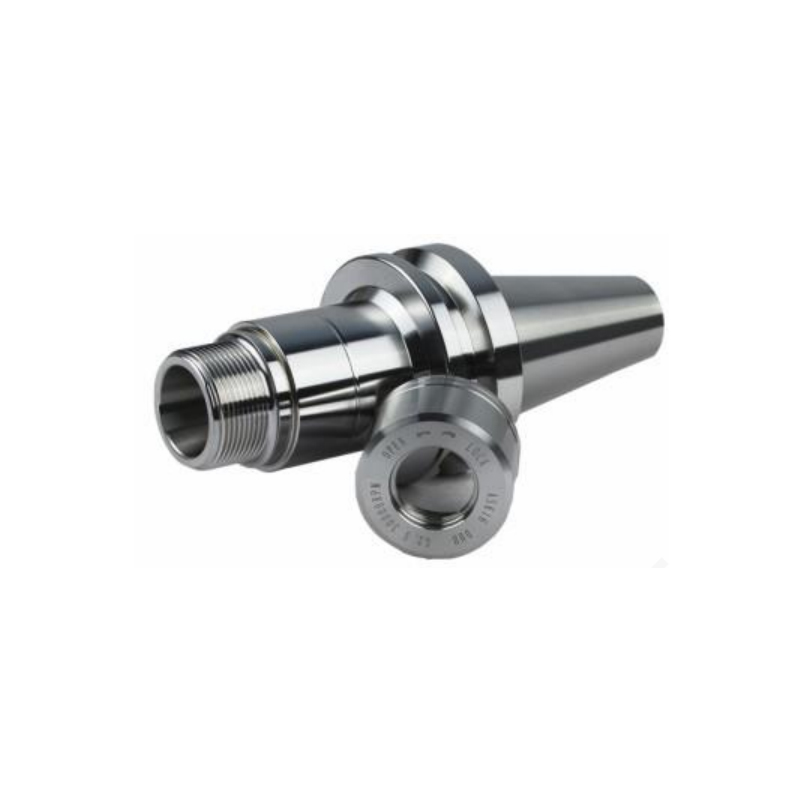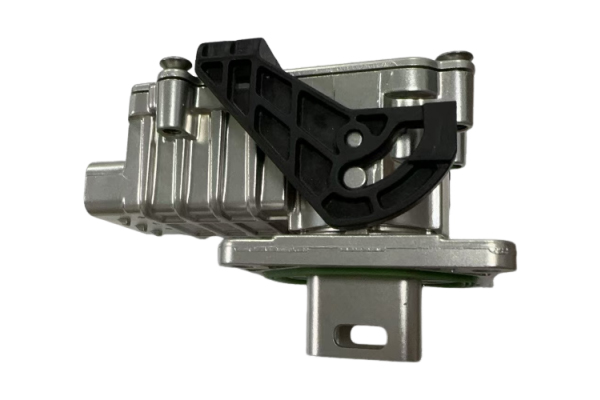As the summer sun blazes overhead, the quest for comfort becomes paramount. Choosing the right fabric can make all the difference in how we experience the sweltering heat. With advancements in textile technology and a deeper understanding of material properties, there are several fabrics that stand out as the coolest options for summer wear. In this article, we will explore these fabrics, their unique characteristics, and how they can enhance your summer wardrobe.
- The Science of Summer Fabrics
Before diving into specific fabrics, it’s essential to understand the science behind how materials interact with heat and moisture. The ideal summer fabric should be lightweight, breathable, and moisture-wicking. Breathability allows air to circulate, keeping the body cool, while moisture-wicking properties help draw sweat away from the skin, promoting evaporation and cooling.
- Top Fabrics for Summer Heat
a. Linen
Linen is a timeless classic when it comes to summer fabrics. Made from the fibers of the flax plant, linen is known for its exceptional breathability and moisture-wicking capabilities. Its loose weave allows air to flow freely, making it an excellent choice for hot and humid conditions. Additionally, linen has a natural ability to absorb moisture without feeling damp, ensuring that you stay comfortable even in the hottest weather.
Pros: Highly breathable, moisture-wicking, and has a natural luster.
Cons: Prone to wrinkling, which may not appeal to everyone.
b. Cotton
Cotton is another staple fabric for summer wear. Its soft texture and breathability make it a popular choice for casual clothing. Cotton absorbs moisture effectively, allowing sweat to evaporate quickly. However, not all cotton is created equal; lightweight cotton varieties, such as poplin or seersucker, are particularly well-suited for summer.
Pros: Soft, comfortable, and widely available in various styles.
Cons: Can retain moisture if not treated, leading to a heavier feel when wet.
c. Rayon
Rayon, a semi-synthetic fiber made from natural sources like wood pulp, is known for its silky feel and breathability. It drapes beautifully and is often used in summer dresses and blouses. Rayon is excellent at moisture absorption, making it a comfortable option for hot days. However, it can be less durable than other fabrics, so care should be taken when washing.
Pros: Lightweight, breathable, and has a luxurious feel.
Cons: Less durable and may require special care during washing.
d. Tencel (Lyocell)
Tencel, or Lyocell, is an eco-friendly fabric made from sustainably sourced wood pulp. It is known for its softness, breathability, and moisture-wicking properties. Tencel fibers are smooth and gentle on the skin, making them ideal for sensitive individuals. Additionally, Tencel is biodegradable, making it a sustainable choice for environmentally conscious consumers.
Pros: Soft, breathable, moisture-wicking, and environmentally friendly.
Cons: Can be more expensive than traditional fabrics.
e. Performance Fabrics
In recent years, the rise of performance fabrics has transformed summer wear. Brands have developed textiles that combine breathability with advanced moisture-wicking and cooling technologies. Fabrics like Coolmax and DryFit are engineered to pull moisture away from the skin and promote rapid evaporation, keeping you cool and dry during intense heat or physical activity.
Pros: Advanced moisture management, lightweight, and often quick-drying.
Cons: May lack the natural feel of traditional fabrics and can be more expensive.
- Choosing the Right Fabric for Your Needs
When selecting summer fabrics, consider your lifestyle and the activities you’ll be engaging in. For casual outings, linen and cotton are excellent choices, while performance fabrics are ideal for sports and outdoor activities. Additionally, pay attention to the fit of your clothing; looser garments allow for better airflow, enhancing comfort in the heat.
- Caring for Your Summer Fabrics
To maintain the integrity of your summer fabrics, proper care is essential. Always check the care labels for washing instructions. For natural fibers like linen and cotton, gentle washing and air drying can help preserve their quality. Performance fabrics often require specific washing techniques to maintain their moisture-wicking properties, so be sure to follow the manufacturer’s guidelines.
Conclusion
As temperatures rise, the right fabric can significantly impact your comfort and style. From the timeless appeal of linen to the innovative technology of performance fabrics, there are numerous options to keep you cool and stylish throughout the summer months. By understanding the unique properties of each fabric, you can make informed choices that enhance your summer wardrobe and ensure you beat the heat in style. Embrace the summer with confidence, knowing you’ve chosen the coolest fabrics for the season!




